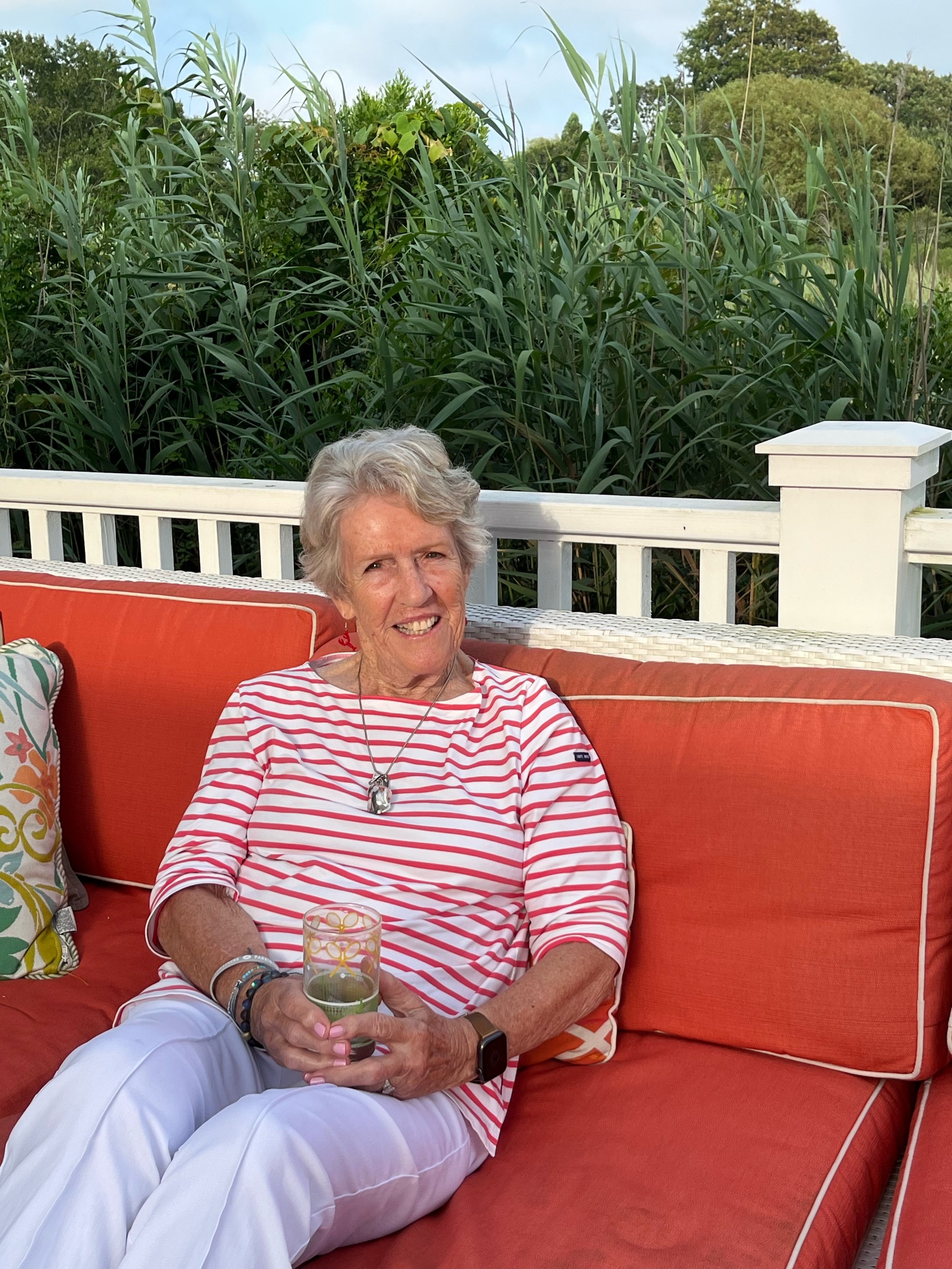FOUR BRAVE YOUNG WOMEN ON THE COVID FRONT LINE
/Four Residents from the Hospital of the University of Pennsylvania, left to right: Tiffany, Alex, Alisse and Ye.
Doctor Alisse Hannaford savors summer trips to Kennebunk Beach. She enjoys morning walks along Great Hill Road, lobster dinners on the front deck and bonfire singalongs at dusk in the Cove with family and friends.
But her most recent visit here with three other Residents from the renowned Hospital of the University of Pennsylvania was especially significant as it marked six months since the beginning of their half-year siege treating COVID patients in Philadelphia.
I met with these four extraordinary young doctors a week ago for coffee and scones. They were taking a well-deserved break. I was curious how they — Alisse, Tiffany, Alex and Ye — handled the day-to-day complicated and emergency treatments needed to battle the coronavirus. What were their concerns and fears?
“At first, one of the more sobering aspects was reading charts that indicated 60% to 70% of our COVID cases were health care workers, just like us,” Ye said.
The four Residents worked seven days straight on 12 hour shifts, 7 AM to 7 PM, or 7 PM to 7 AM, and then had a week off to rest, recover and quarantine. “Friends from outside the medical world were apprehensive to see us, fearful we might expose them to germs, so our weeks off were occasionally quite lonely,” Alex said.
Ye added, “We had to be so careful at work. Germs were everywhere, even under the beds. The virus lasted for hours on surfaces. We felt badly for the sanitary workers who had to thoroughly clean a patient’s room, even though they wore protective N95 masks and full PPE.”
“The word ‘adapting’ became an important word in our lives,” Tiffany said. The Residents needed to adapt to wearing PPE (Personal Protective Equipment, including gowns, helmets, goggles, gloves and masks) their entire 12-hour shifts; prior, that gear had been worn primarily during surgeries.
They learned to connect and communicate with masked patients from behind their own masks. “They can’t see if you’re smiling, and you don’t know what their facial expression is,” Tiffany said. Frequently that communication involved end-of-life discussions. Alisse says, “We became more open, more willing to ask if they would want a ventilator, or what extreme measures they might want. These are crucial conversations but we learned early on that they were necessary."
Many of their patients were in the hospital’s three COVID ICU units which allowed no visitors. All too often, difficult decisions had to be made. One night Tiffany suspected her patient might not make it through the night. “I contacted her daughter who came to the hospital at 3 AM, showed her the correct way to wear PPE, and stood with her as she face-timed her sister so their dying mother could hear them. We called the chaplain into the room also. It was the best we could do. She died before sunrise.”
When I asked about the emotional impact of treating COVID patients, Alex said, “One day I learned that one of my primary care patients had come down with Covid; when I went to see him, this formerly healthy active person was in the ICU on a ventilator. That was tragic. But whenever a patient was discharged, the sound speakers would play “Here Comes the Sun” throughout the hospital. It was such an upper for all of us. We’d hear that song and feel renewed.”
Happiness came in small doses. Alisse said, “Severely ill patients, especially those on ventilators, develop critical myopathy, where their weakened muscles don’t function properly. One of my patients was recovering but, after days on a ventilator, she couldn’t even swallow food. With several weeks of PT she was able to eat normally. It was like a miracle.”
“At the beginning of COVID,” Alisse said, “it felt so important to go to work. We had a strong sense of purpose, working so many hours for a greater cause. Yes, there was an ominous feeling at the beginning because we saw what was happening in Italy and other places, where hospitals were running out of ventilators. But U. Penn Hospital responded quickly to all this and we never had a shortage. Today we feel such pride about how the health care system came together, and how many health care workers were stepping up to fill roles that were so different from what they’d signed up for.”
“And thank heavens for Sweet Greens!,” Alex added. This Philadelphia health food restaurant dropped off luncheon salads for the COVID ward workers every day for several weeks. “Other restaurants delivered food daily to hospital staff. We had tremendous support from the city and we all became tougher and stronger because of COVID.”
Their advice: wear masks, don’t congregate in large groups, wash hands thoroughly and often. Ye added, “Our COVID teams are now back to near normal, things are going well at our hospital, and by following these mitigations, it’ll hopefully stay that way.”
—————-
Thank you, Hal Hannaford, for photographing the four beautiful Residents.



